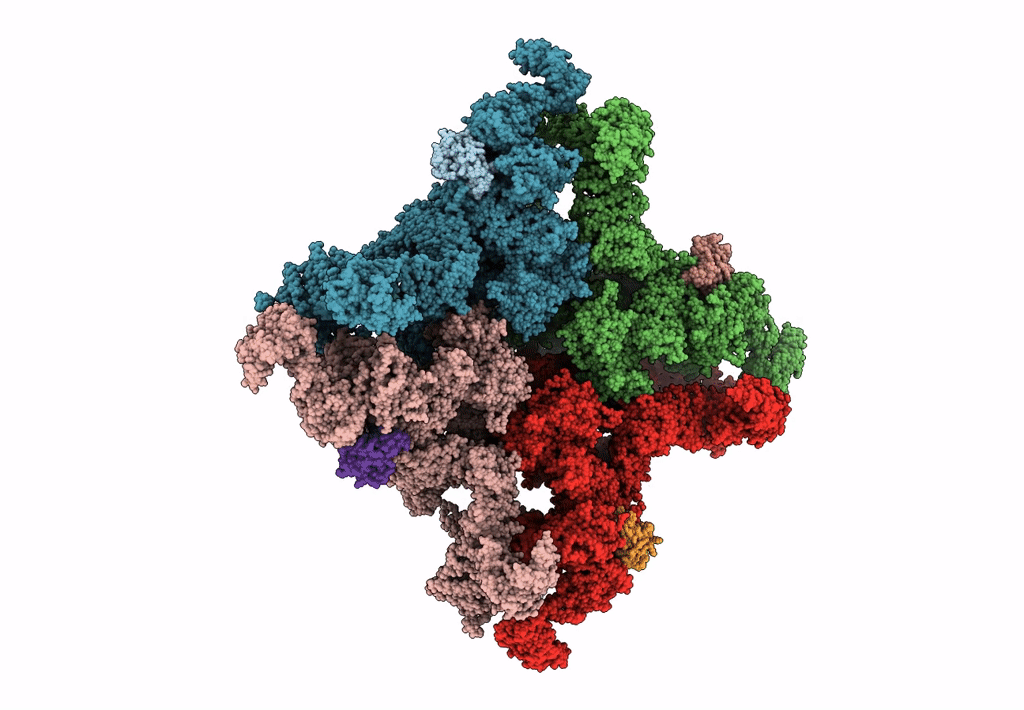
Deposition Date
2020-07-31
Release Date
2020-08-12
Last Version Date
2024-03-06
Entry Detail
PDB ID:
7JMH
Keywords:
Title:
Functional Pathways of Biomolecules Retrieved from Single-particle Snapshots - Frame 35 - State 4 (S4)
Biological Source:
Source Organism:
Homo sapiens (Taxon ID: 9606)
Oryctolagus cuniculus (Taxon ID: 9986)
Oryctolagus cuniculus (Taxon ID: 9986)
Host Organism:
Method Details:
Experimental Method:
Resolution:
4.50 Å
Aggregation State:
3D ARRAY
Reconstruction Method:
SINGLE PARTICLE


